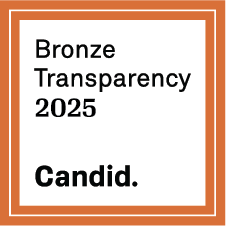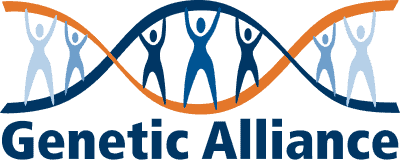Y. Abe1, Y. Aoki1, S. Kuriyama2, H. Kawame3, N. Okamoto4, K. Kurosawa5, H. Ohashi6, S. Mizuno7, T. Ogata8, S. Kure9, T. Niihori1, Y. Matsubara1.
1) Dept Med Genet, Tohoku Univ Sch Med, Sendai, Japan; 2) Dept Mol Epidemiolo, Tohoku Univ Sch Med, Sendai, Japan; 3) Dept Genet Counseling, Ochanomizu Univ, Tokyo, Japan; 4) Dept Med Genet, Osaka Med Ctr & Res Inst for Maternal & Child Health, Izumi, Osaka, Japan; 5) Dev Med Genet, Kanagawa Children’s Med Ctr, Yokohama, Japan; 6) Dev Med Genet, Saitama Children’s Med Ctr, Saitama, Japan; 7) Dept Pediatr, Central Hosp, Aichi Human Service Ctr, Kasugai, Aichi, Japan; 8) Dept Pediatr, Hamamatsu Univ Sch Med, Hamamatsu, Shizuoka, Japan; 9) Dept Pediatr, Tohoku Univ Sch Med, Sendai, Japan.
Costello syndrome and cardio-facio-cutaneous (CFC) syndrome are a group of genetic disorders which result from dysregulation of the RAS/MAPK cascade. Germline mutations in HRAS are causative for Costello syndrome and those in KRAS, BRAF and MAP2K1/2 (MEK1/2) cause CFC syndrome. Since our discovery of HRAS mutations in Costello syndrome (2005) and KRAS/BRAF mutations in CFC syndrome (2006), approximately 200 patients of each syndrome have been reported. However, clinico-epidemiological features of these disorders remain to be elucidated. In order to assess the prevalence, natural history, prognosis and tumor incidence, we conducted a nationwide prevalence study of patients with Costello syndrome and CFC syndrome in Japan. The study consisted of two-stage questionnaire surveys, which were distributed to a total of 1127 departments, including randomly selected pediatric and genetic departments at hospitals and institutions for severely-retarded children. The first survey inquired about the number of mutation-positive patients as well as clinically suspected patients with Costello syndrome and CFC syndrome. The second asked for detailed clinicoepidemiological information of each patient reported. The response rate of the first-stage survey was 76% (856/1127). Sixty-three patients with HRAS-positive Costello syndrome and 64 patients with CFC syndrome with mutations with KRAS, BRAF or MAP2K1/2 were reported, including 9 new patients with Costello syndrome and 8 new patients with CFC syndrome analyzed in the current study. The total numbers of patients with Costello syndrome and CFC syndrome in Japan were estimated as 105 (95% confidence interval, 84 to 127) and 160 (95% confidence interval, 88 to 232), respectively. The secondary survey revealed age distribution and the frequency of heart defects, mental retardation and tumor association. Sixteen adult patients aged 18-32 years were reported. Ten of the sixteen patients can walk alone and one of them had developed recurrent bladder papillomata. The prevalence of Costello syndrome and CFC syndrome were estimated as 1 in 1,230,000 population and 1 in 790,000 population, respectively. This is the first epidemiological study of both disorders. Identification of patients older than 32 years of age and follow up of the reported patients in the current study will be important to estimate the precise prevalence and natural history of these disorders.




